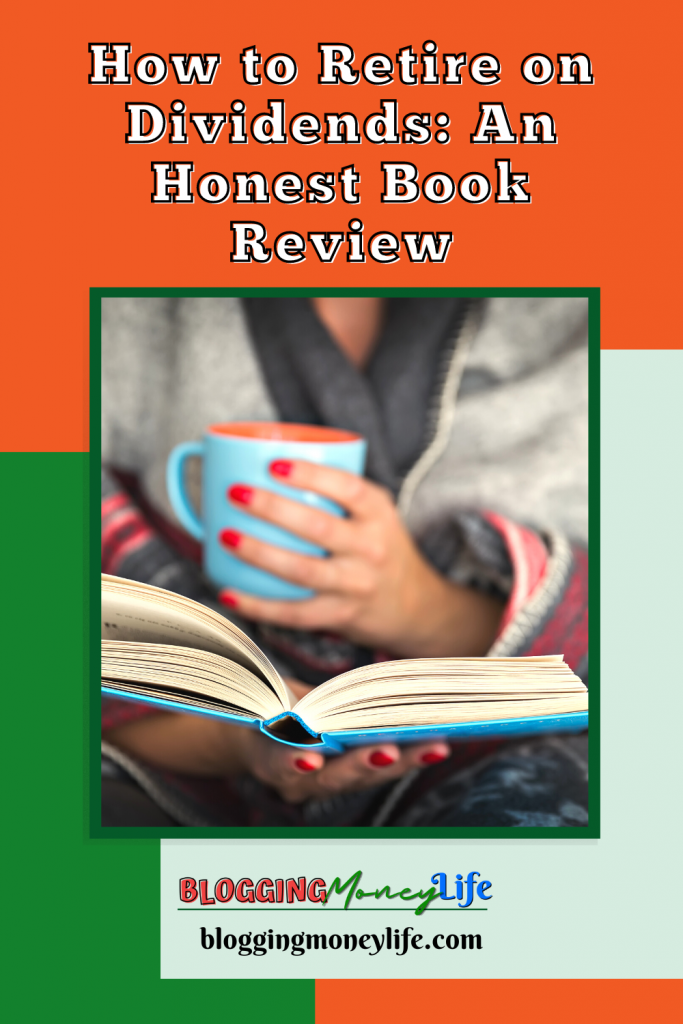How to Retire on Dividends: An Honest Book Review
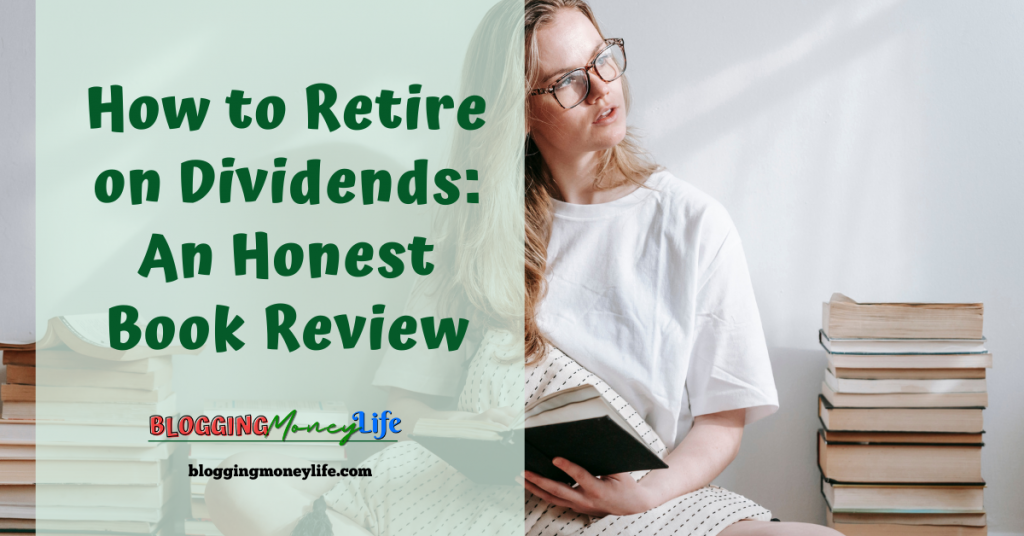
If someone were to ask me, “Do you plan to retire on dividends?” Before reading this book, I would be lost entirely and have no idea how to answer them. I don’t even think I have anything even resembling a retirement account.
Knowing little about retirement, much less about dividend investing or individual stocks. I was more than surprised than anything else that living off dividends was pretty easy to follow, considering my low skills in finances.
Today, after reading Owens’ and Jacobs’ book, I know that my answer would be a resounding, “Yes, I plan on living off of dividend income in retirement, and you should plan on it, too!”
About the Authors
But before I jump straight into the book, I want to talk a bit about the authors of How to Retire on Dividends: Earn a Safe 8%, Leave Your Principal Intact. Tom Jacobs and Brett Owens both have an extensive history in the financial market and have been highly successful.
Tom Jacobs
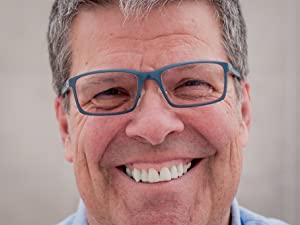
Jacobs earned degrees from Cornell University and the University of Chicago Law School. Since 1968, he has been investing with his father, who had worked through the Great Depression and a Crash.
Currently, he works as an Investment Advisor and Portfolio Manager with Huckleberry Capital management–managing individual accounts (SMAs). He also has two other books under his belt that are just as good as this one…
You can check them out here:
- What’s Behind the Numbers?: A Guide to Exposing Financial Chicanery and Avoiding Huge Losses in Your Portfolio
- Rule of 72: How to Compound Your Money and Uncover Hidden Stock Profits,
Brett Owens
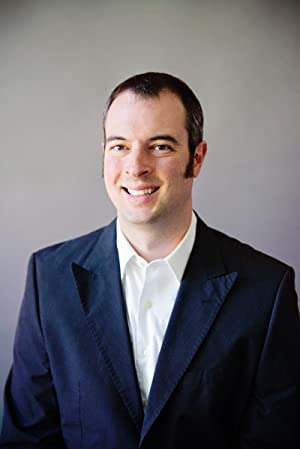
Owens has been trading stocks since he was a student at Cornell University. His degree in Operations Research and Industrial Engineering allowed him to work on Wall Street, but he did not want to spend his career stuck in a cubicle for 80 hours a week.
So he decided to move to San Francisco, California and co-founded his profitable company, SaaS, a.k.a. Software as a Service which now serves 26,000+ business users. Saas has been featured in many well-known publications, including The Economist and Forbes.
As a savvy businessman, he invested his company’s profits into dividend-paying stocks. He eventually created a “calculated contrarian” approach to the stock market and “second-level thinking.” Something that we learn more about in the book.
What Is the Book About?
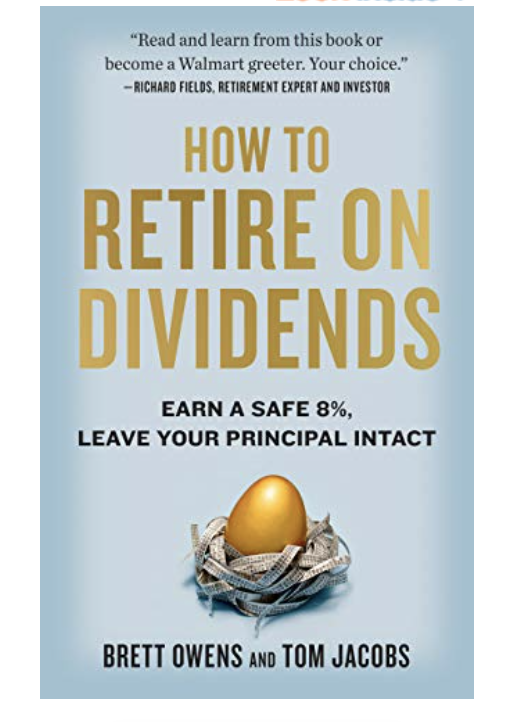
Overall, the book talks about how you can create a retirement portfolio that will allow you to retire off of the dividends from what you invest. Owens and Jacobs deeply dive into your many options as an investor to make money for your retirement without having to withdraw to make ends meet later in life on things such as inflation.
From the start, Owens lets his readers know it is essential to research before investing in anything. Then, they remind us that we, as investors, should aim to earn an annual dividend income of 6%, 7%, or even 8%!
Throughout the book, Jacobs and Owens teach us, in non-specialists’ terms, the differences between Closed-End Funds (CEFs), Exchange-Traded Funds (ETFs), Mutual Funds, and much more. And do not let these things scare you off! If you do, you will miss so much great information and have only sometimes been confident in what they provide throughout the book that could change how you retire later in life.
Ease of Reading

I am a person who leans more toward science instead of math. So I began reading this book with the same caution as a newborn deer, stumbling through the first few pages but eventually gaining confidence and knowledge as I read.
Thankfully, Jacobs and Owens included numerous graphs and tables for those who are more visual learners (like me), along with definitions of words or phrases that are hard to understand for a newcomer, like “net seller” and “mortgage REITs (mREITs).”
And they did not stop there. Owens and Jacobs also included sources to refer back to so their readers can do even more research beyond their book, such as Owen’s free daily newsletter, The Contrarian Outlook.
Last but not least, the authors included three appendices–one for frequently asked questions, another for popular dividend investment tax strategies, and the other for the additional resources I have previously mentioned.
My Main Takeaways from How to Retire on Dividends

Having just turned thirty, I have yet to put any real brain power into investing, much less into my retirement plan. Honestly, I thought I would probably end up working for the rest of my life–or close to it – especially since I know, as a millennial, social security will not be an option for me.
I mostly just hoped that as long as I could still travel and have vacations, I would be okay with that. But thanks to Jacob and Owens’ book, I know I will not have to work until my final days.
I have learned so much from How to Retire on Dividends. I do not want to list them all off here because I genuinely believe you should read this book for yourself, but I mention just a few key takeaways from the book.
- You must find an active manager to handpick your preferred portfolio.
- Avoid switching over your stocks and bonds too early in life.
- Just because something is well-known (certain stocks) does not make it a good thing to invest in
- When you are investing, there are better ways to do it than just watching stock prices, buying low, and crossing your fingers that it all works in your favor.
Mind you; this is a concise takeaway list. I have learned so much from Jacobs and Owens’ book that I will be recommending this book to everyone that I know, especially to you, dear readers.
Jacob and Owens reiterate throughout this book that having high-yielding, risk-free (or near-to) capital gains is possible.
Wrapping Up
If I were to have judged this book but its cover, I would have run for the hills from the title alone. I had to Google just what a dividend was before I started reading! Not sure yourself? Check out this video that shows you exactly what a dividend is.
But I gave it a chance and am so glad I did! Jacobs and Owens have done a fantastic job writing this book.
Through simple, easy-to-read graphs and tables, and their ability to use real-life examples, I can confidently say that I plan on reaching out to a financial planner (after a lot of research) to prepare for my and my husband’s future.


